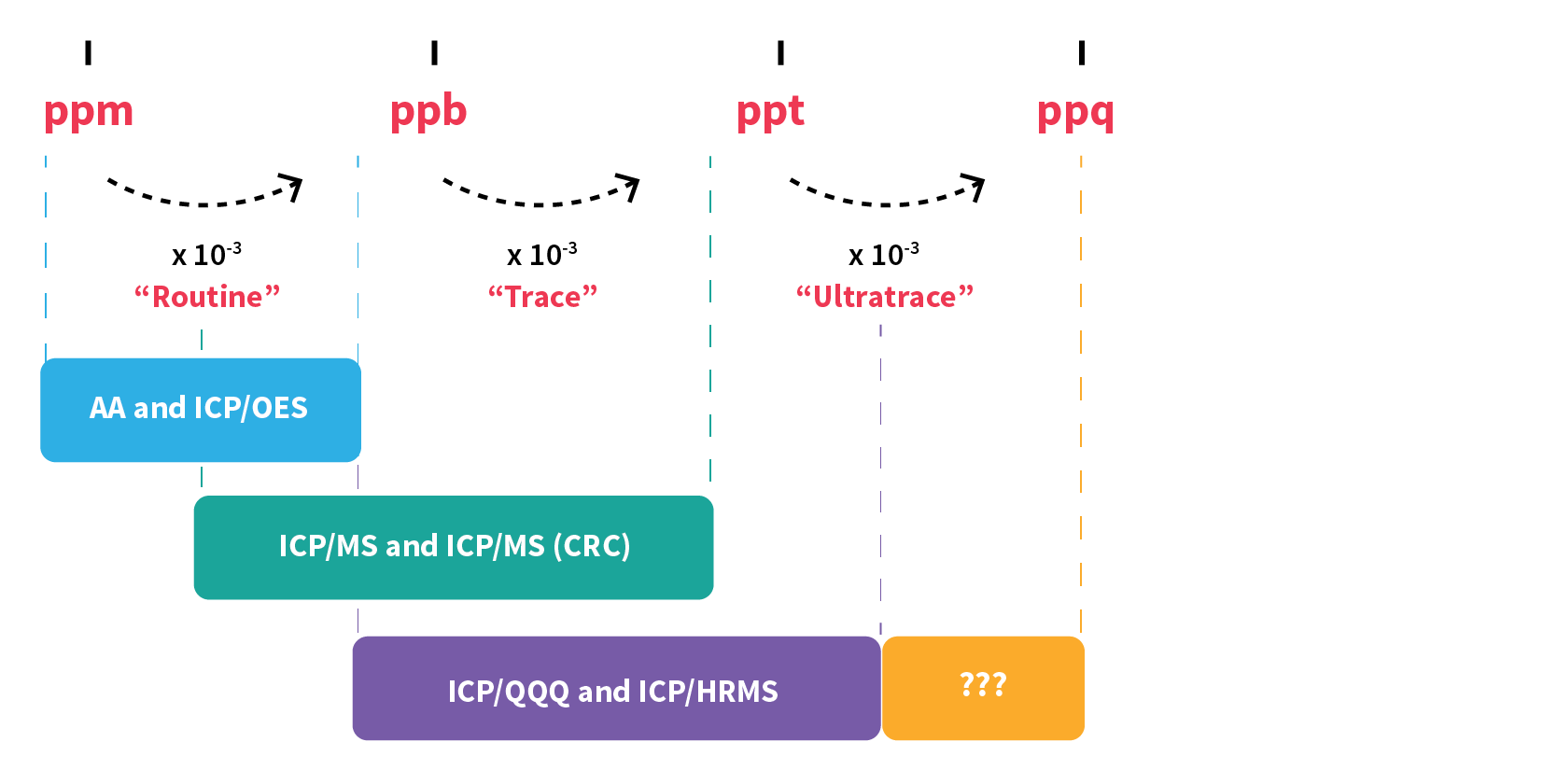Laboratory
Updating the Metal and Diamond Mining Effluent Regulations
Feb. 1 2021
In the Spring of 2017, Environment and Climate Change Canada (ECCC) published proposed amendments to the Metal Mining Effluent Regulations (MMER) in the Canada Gazette, Part I (ECCC 2017) [1]. On May 30th 2018, the finalized amendments were published in the Canada Gazette Part II under the expanded title of Metal and Diamond Mining Effluent Regulations (MDMER).
Strengthening Effluent Standards
The MDMER changes are aimed at strengthening the effluent quality standards, improving the efficiency of environmental effects monitoring (EEM) and adding diamond mines to the regulations.
"The objectives of the Amendments are to reduce the risks of the negative effects of mines on fish and fish habitat, improve the efficiency of certain performance measurement and evaluation requirements, and provide regulatory clarity regarding releases of effluent to fish-frequented water bodies for diamond mines."
Canada Gazette Part II, May 30, 2018
Certain changes to effluent quality standards and some components of EEM rely on the ability of commercial analytical laboratories to deliver accurate and appropriate data to meet the needs of monitoring programs.
Additional considerations around data quality and quality assurance are becoming increasingly important as monitoring programs begin to take advantage of lower detection limits at the analytical labs.
Analytical Technologies to Meet Future Effluent Regulations in Mining
To meet the proposed effluent monitoring standards, laboratories are faced with three key analytical challenges:
- Reaching required reporting (detection) limits
- Presence of interfering species
- Complex sample matrices
In order to achieve the analytical sensitivity required to produce reliable and defensible data at the levels of the new standards, contract analytical laboratories are challenged to provide increasingly lower limits of detection without compromising the integrity, validity and representativeness of the analytical results. To do so , Bureau Veritas has implemented newer technologies to minimize data variability at ultratrace levels (Figure 1).
Figure 1: Achievable Limits of Detection for Metals by Various Analytical Technologies
Analytical Requirements for Metal or Diamond Mining Effluent
The majority of the Amendments involve the support and services of a commercial analytical laboratory, including water chemistry and ecotoxicology capabilities. Effluent samples from mine sites are not always ideal samples from an analysis perspective. Interferences such as salinity, sulphates, pH and TDS can sometimes require dilution of samples, resulting in raised detection limits above the regulatory standards. Much cleaner laboratory protocols and facilities have become the norm in order to satisfy the quality assurance and quality control protocols specific to new instrumentation operating at ultratrace concentrations. The ability to measure lower concentrations of the substances included in the MDMER provides greater definition of what may be happening in the water treatment system and can result in proactive mitigation of deficiencies ahead of non-compliance with the discharge limits or challenges with toxicity testing.
Strengthening Effluent Quality Standards
Prescribed Deleterious Substances
As of June 1, 2021, the effluent discharge limits are lower for existing metal and diamond mines for arsenic, cyanide and lead. There are also lower discharge limits for new mines for arsenic, copper, lead, nickel and zinc. Additionally, un-ionized ammonia sampling will be required for all mine effluents. The results must be from a grab sample and pH and temperature must be recorded at the time of sampling to support the calculation of the amount of ammonia present in the un-ionized form..
Effluent Monitoring Conditions - Acute Lethality Testing
As of June 1, 2021, no less than once per month, when salinity of the effluent is less than ten parts per thousand and effluent is not deposited into marine waters, the MDMER requires that mine effluent not be acutely lethal to Rainbow Trout. Starting in June of this year, when salinity is less than four parts per thousand and effluent is not deposited into marine waters, the MDMER also requires that mine effluent not be acutely lethal to Daphnia Magna. When effluent is determined not to be acutely lethal for 12 consecutive months, the testing frequency may be reduced to once in each calendar quarter from that final discharge point.
Table 1: Effluent Limit Comparisons, Maximum Monthly Mean Concentration (μg/L)
References
[1] Environment and Climate Change Canada. 2017. Regulations Amending the Metal Mining Effluent Regulations. Vol. 151, No. 19 – May 13, 2017.
